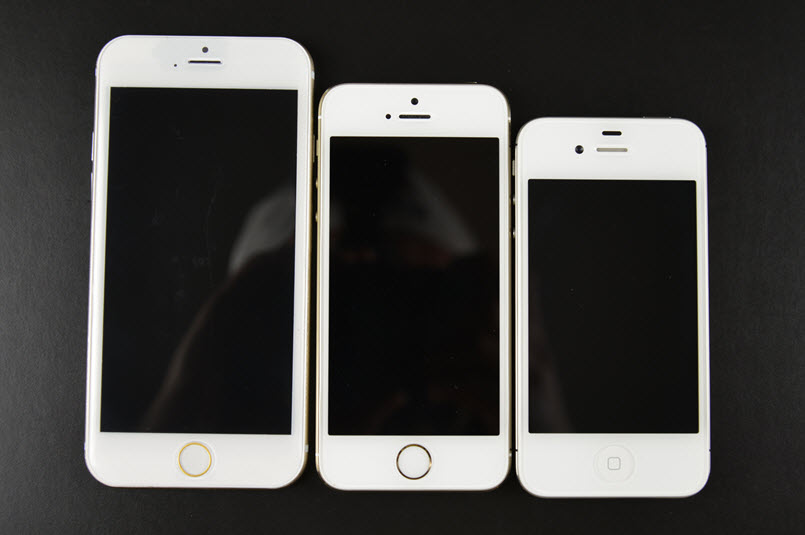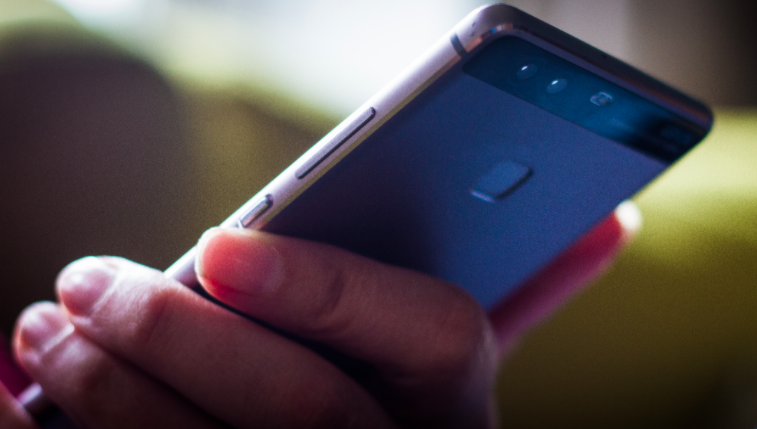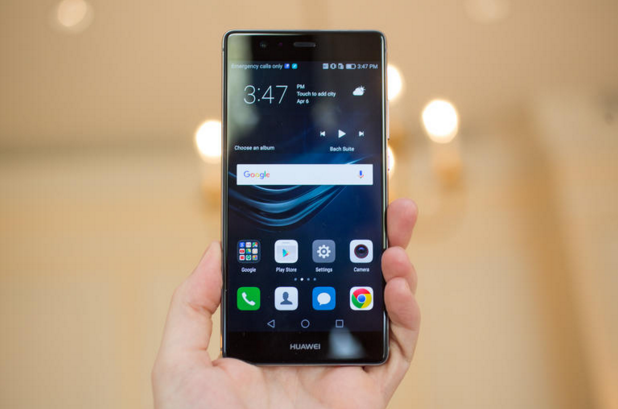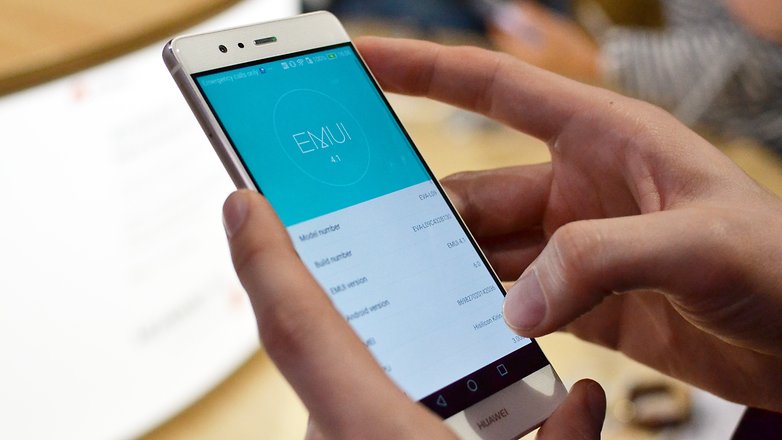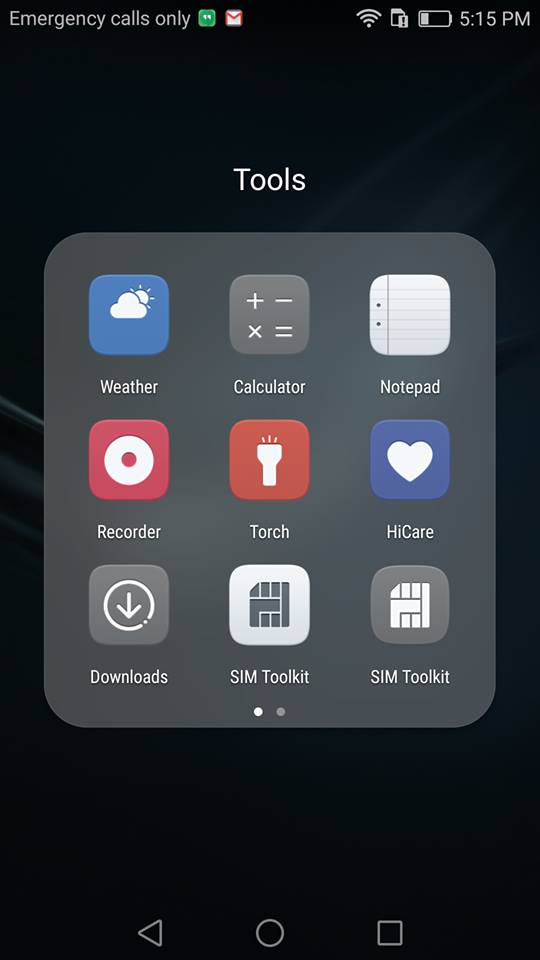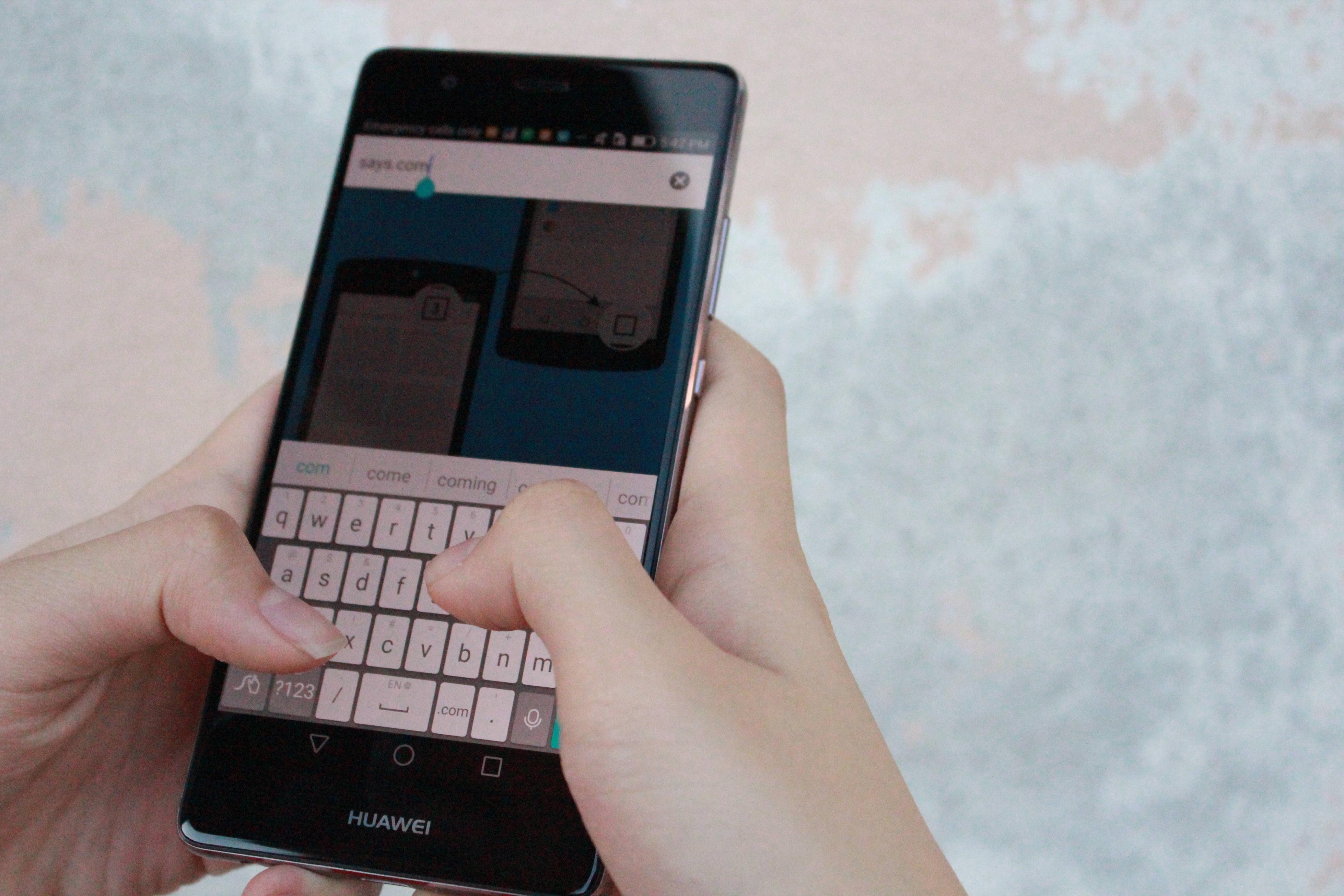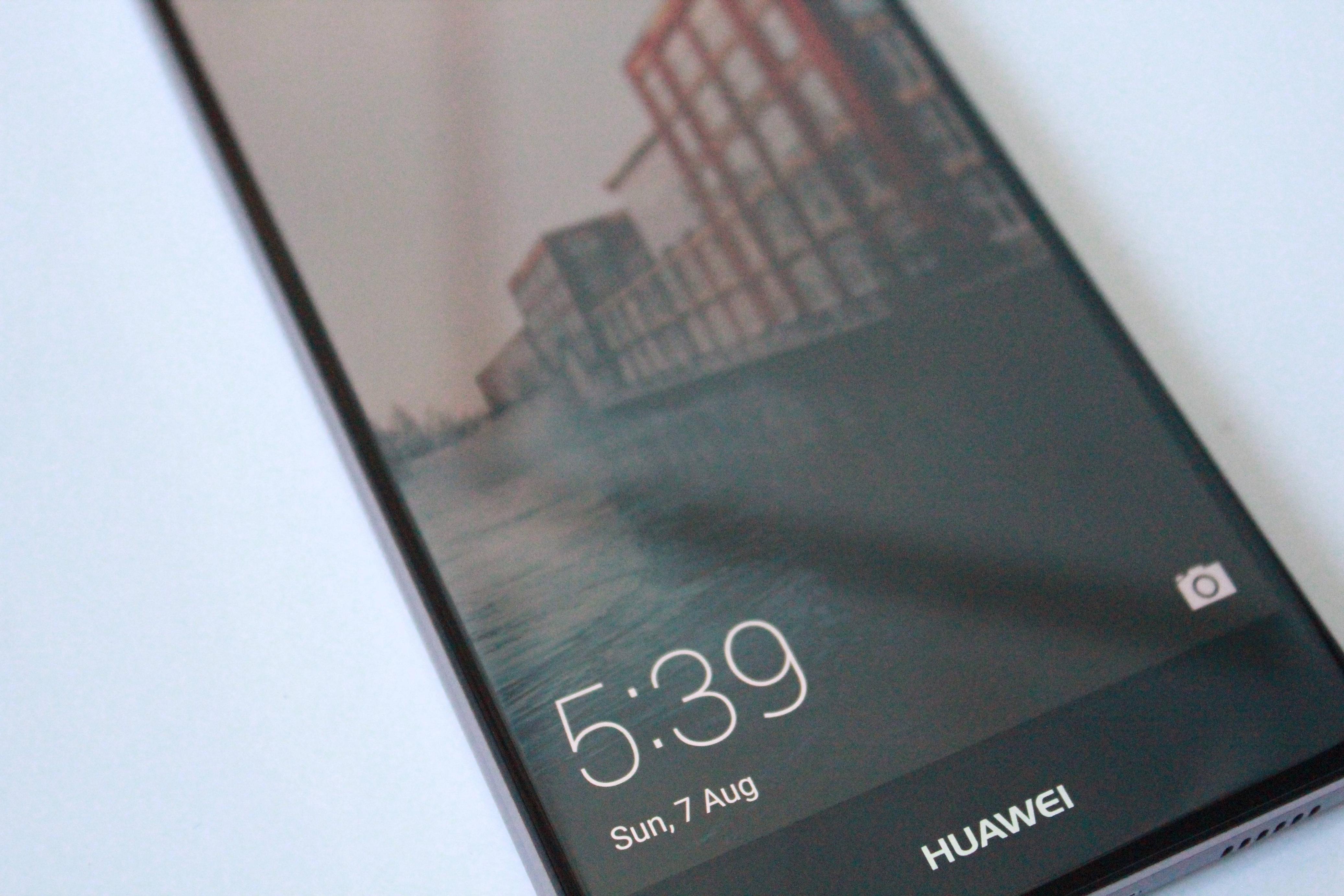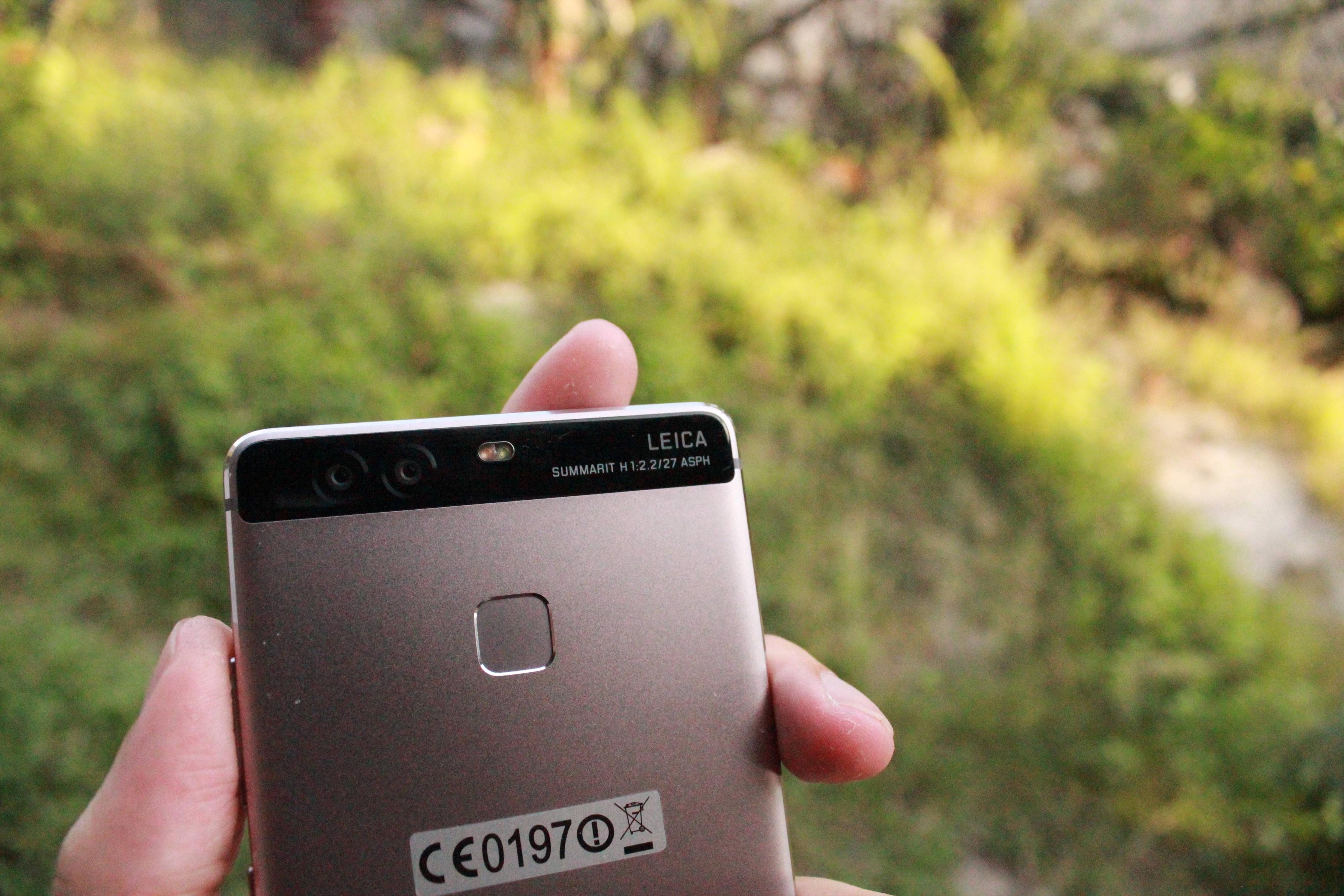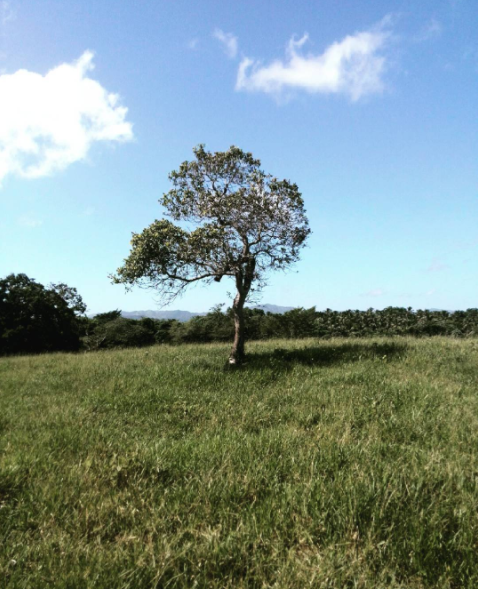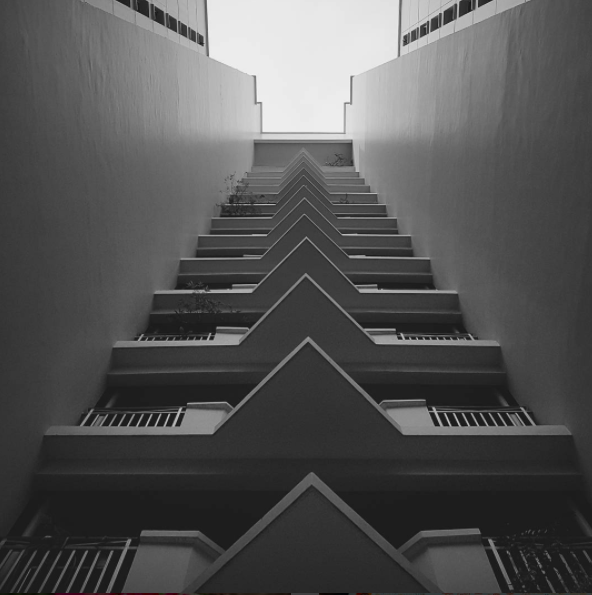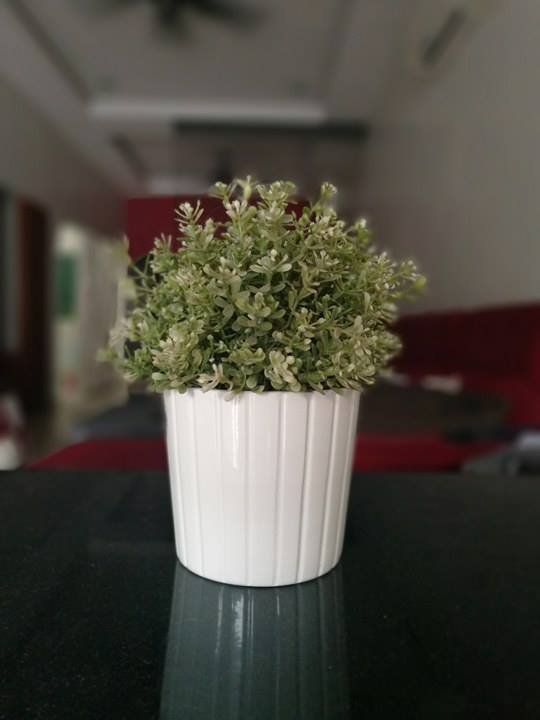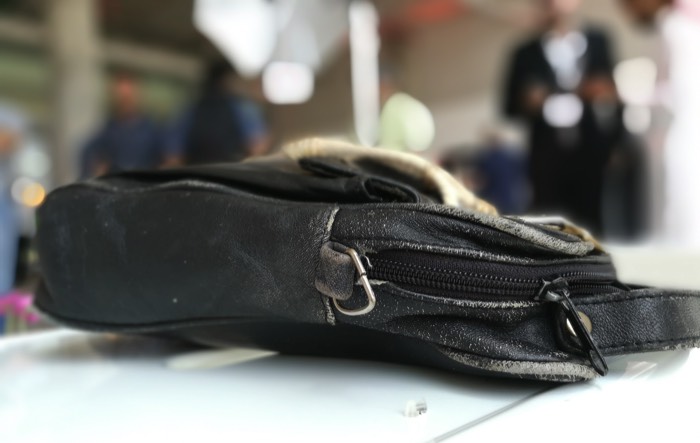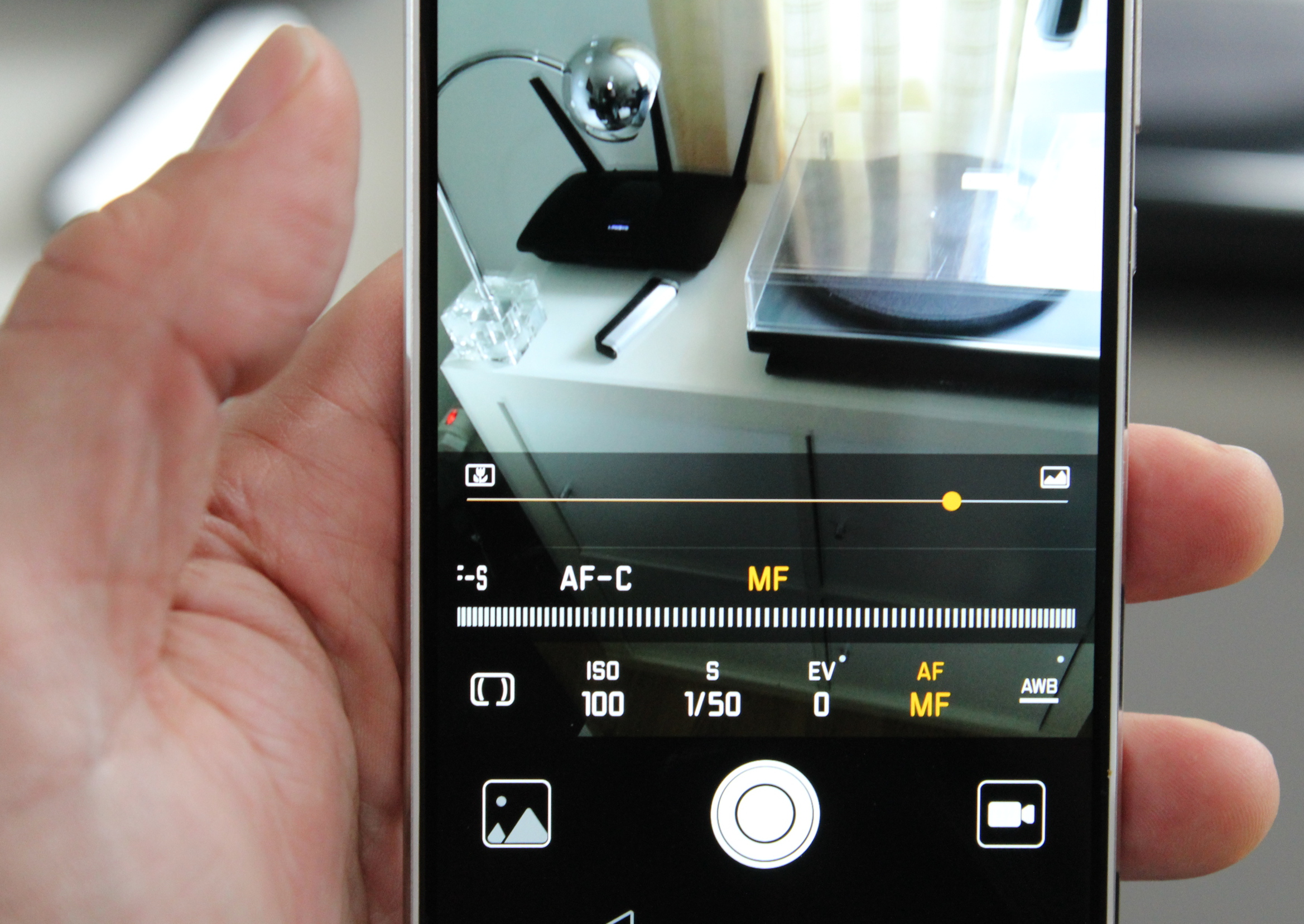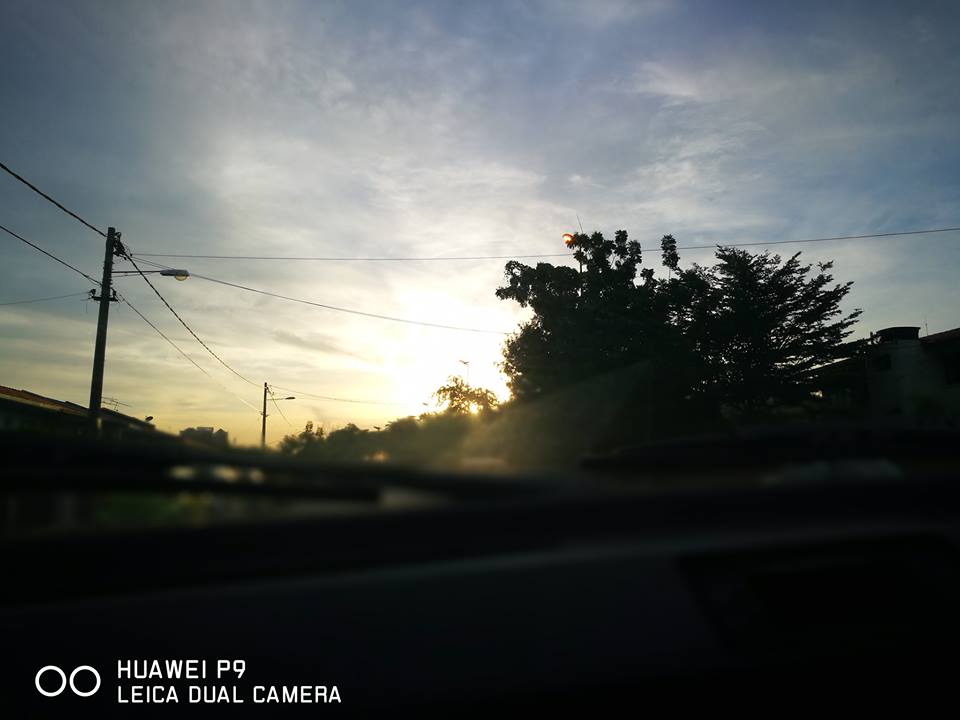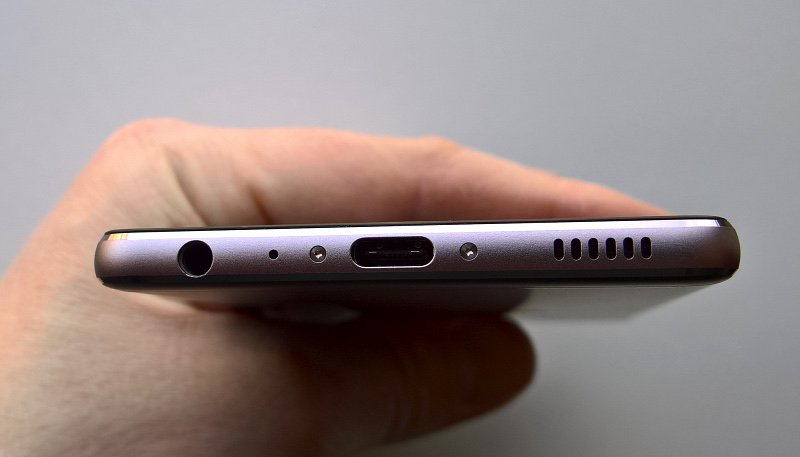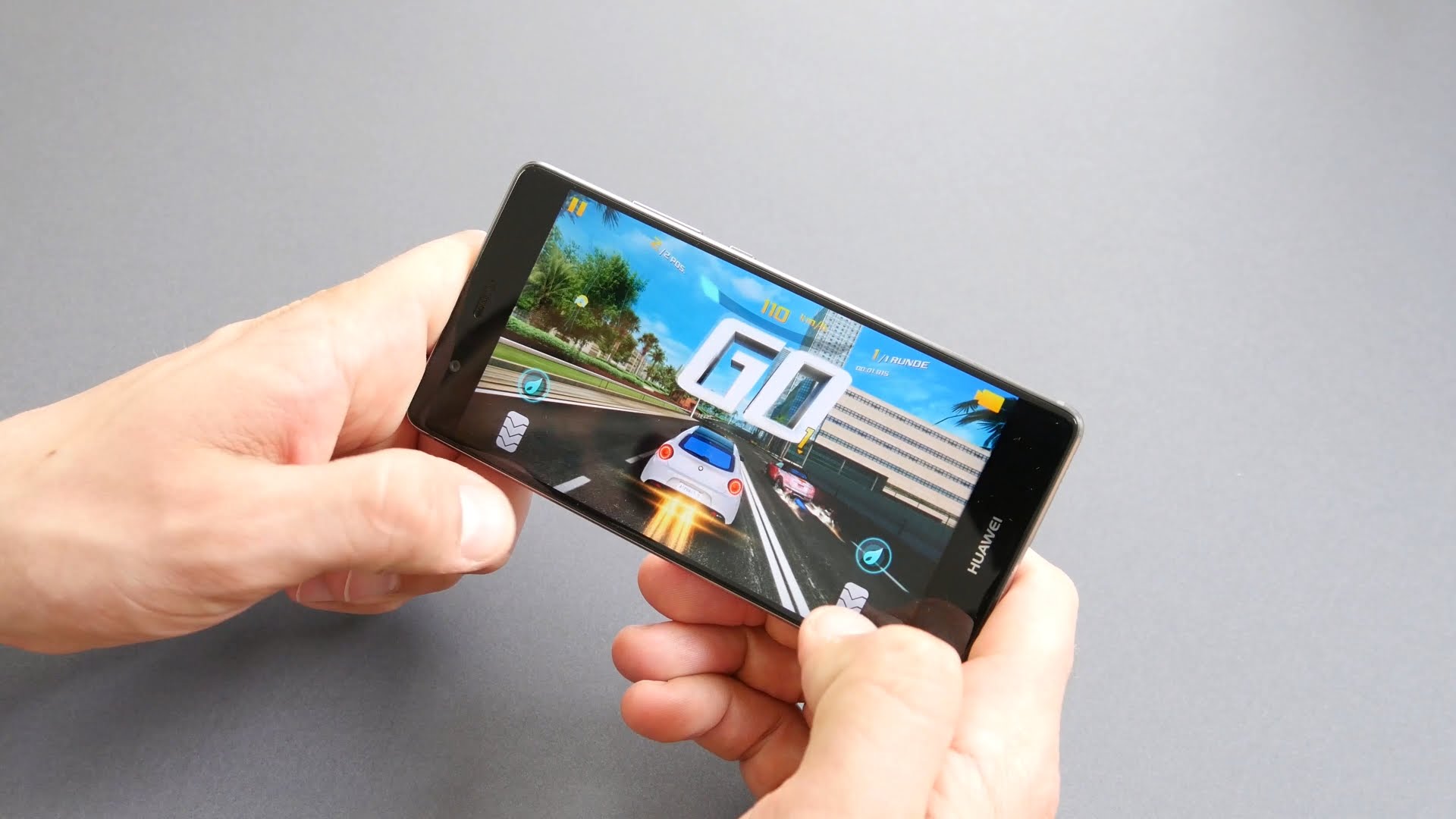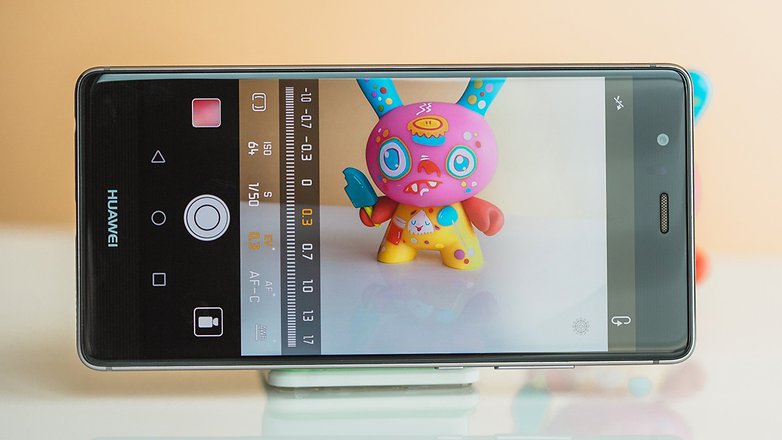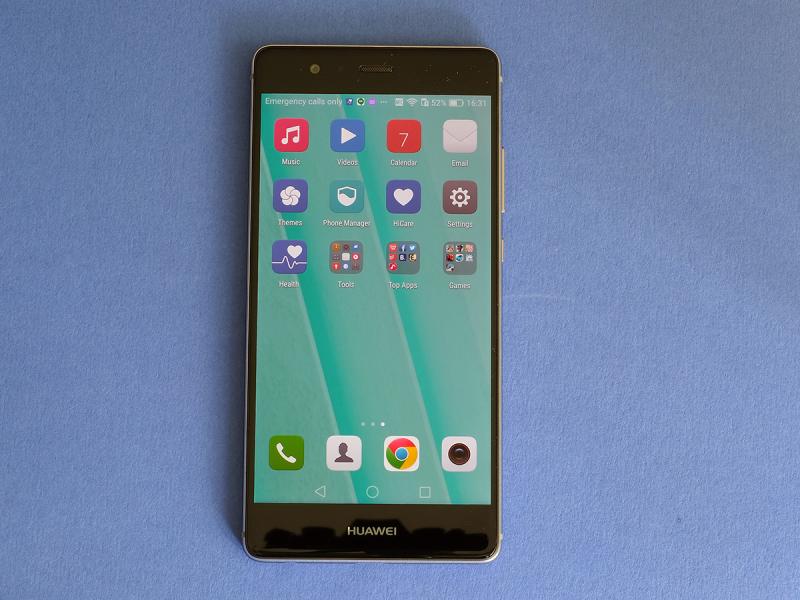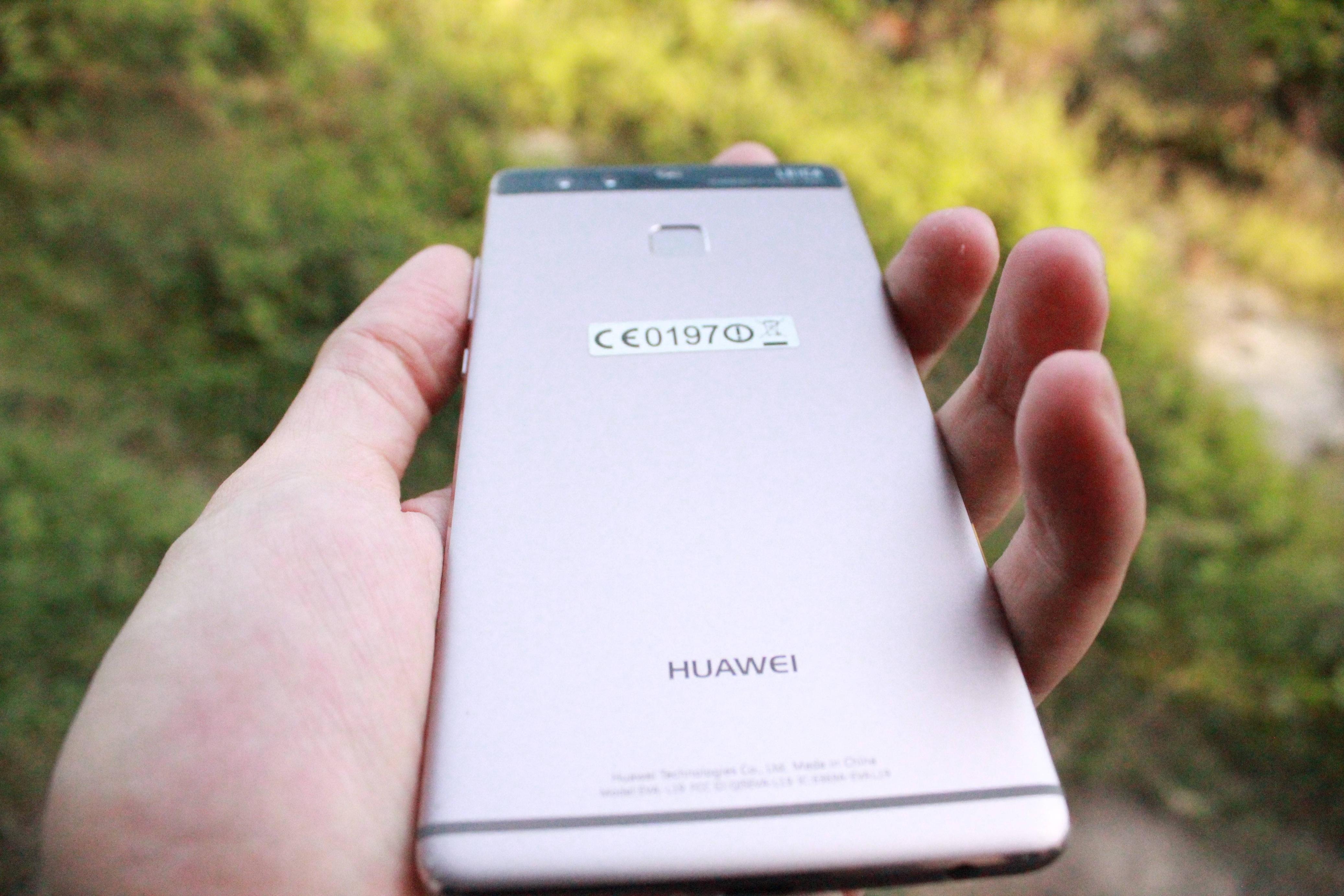When I Ditched My Trusty iPhone And Used The Huawei P9 For A Week
Does it live up to expectations?
I've been an Apple user ever since I started using a smartphone. From the iPhone 4 to the 6s I currently own, Apple is my go-to brand, hands down.
Well, I guess you can call me an Apple fanboy, no shame.
When Huawei loaned me the new Huawei P9 to test for a week, I was a bit skeptical in the beginning. It would be my first time using an Android phone daily. The appeal was mostly found in its much talked about camera, but would that be the only winning feature for an Apple user like me?
With the iPhone 7 expecting to release soon, I thought it would be a good idea to ditch my iPhone 6s and bring the Huawei P9 for a spin.
The P9 has been all the rage recently in the smartphone scene due to its dual-lens camera made in collaboration with the infamous German optics brand Leica.
I get the hype though, it is the first time Leica has worked with a phone company after all.
But it's not all talk without substance, the Leica-certified camera has been well received by tech reviewers across the globe, with many renowned photographers vouching for the camera's top notch quality.
DESIGN AND HARDWARE
Just 6.9mm thick - that's thinner than the 7.1mm iPhone 6s - the P9 feels like a premium handphone from the very first touch. The polished edges and one-piece aluminium body could easily be passed off as something out from the factories of Apple. Yet, it doesn't come off as a flattering imitation of the iPhone.
While I like the fit of the 6s in my palm, the P9 feels just as sturdy too
I prefer using a phone with one hand (while multi-tasking with the other, eating at my desk), so when I could do the same on the P9, it was equally convenient.
The side-mounted power and volume buttons fall comfortably under my thumb, while the rear fingerprint reader is easy to reach with my index finger after some practice.
The power button has a slightly lower profile too, which helps avoid any accidental presses when fumbling around for the phone in the pocket.
I gotta admit that from a design and hardware perspective, it was hard to find fault with the P9.
DISPLAY
The P9 is shaped pretty much like the 6s (albeit a little bigger), but it takes advantage of the bigger frame by packing in a larger screen. Let's put that into perspective: the P9 has dimensions of 145 x 71 x 7mm while 6s is 138 x 67 x 7.1mm.
The Apple’s 3D touch (formerly Force Touch) enables you to access app shortcuts by pressing harder on the screen. I use this most when I'm using my phone with one hand, although not religiously.
Since the P9’s 3D touch is reserved for the P9 Plus, it wasn’t a completely functional feature I missed.
Like 6s' IPS LCD display, the P9's screen is filled with bright and vivid colours
The P9 has a higher screen resolution at 1920x1080 versus the iPhone 6s’ 1334x750 pixel.
It was an enjoyable experience to watch videos and movies, especially 4K ones with the P9. I found that icons, shapes and text are universally sharp and pleasingly free of any signs of pixelation.
SOFTWARE
The transition from iOS to Android has gotta be one of the most challenging things I've ever been through in my 24 years of living. Sounds a bit dramatic, but it's true.
Apple makes its own OS, iOS, which offers a more elegant experience but Android certainly offers more flexibility.
For starters, the P9 ships with its own customisable Android skin - the EMUI - which is based on Android 6.0.
What the EMUI does is it spreads each and every single icon of each and every single app you install on your homescreen
That means the only way of organising your home screen is by placing your apps into folders. I personally had no problems with that because the iOS functions the same way.
If you want to change the design of your phone interface, you can do so within the Themes app where there are free and paid for options.
There are quite a bit of pre-installed apps too! I thoroughly enjoyed some of them.
These apps are fully integrated into the device, giving you flexibility and convenience. I find myself using the Google apps the most out of the other preinstalled apps than the ones found in the 6s. They're very useful!
For example, the Health app tracks steps and calculates calories burnt, it can also count the number of floors you've climbed. Absolutely perfect for a Gen-Y kid like myself who has not been paying attention to healthy living.
PERFORMANCE
Comparing Apple and Android is difficult because they’re different systems with different functionalities. The Apple device may seem more modest on paper but it's certainly a fast device. However, the P9 is certainly more powerful.
With 3GB of RAM and an eight-core processor, the P9 is able to handle pretty much any app without starting to lag or slow down.
The P9 is also the first phone to feature a HiSilicon Kirin 955 processor, which explains why the phone is able to take in so much beating
Multitasking has been a breeze too. I was able to switch up from gaming to replying e-mails without a single hiccup. The transition was super smooth. The built-in phone manager (for accessing power management and file cleanups) is a nice touch as well.
CAMERA
Apple’s cameras were beginning to fall behind rivals, but the camera in the iPhone 6s is a step up. It’s a 12 MP camera with f/2.2 aperture, true-tone flash and the ability to take Live Photos (short animations saved at the same time as your photograph).
As for the P9, the camera technology is without a doubt the biggest selling point of the P9 and the partnership with Leica looks like it paid off. The camera was surprisingly better than the iPhone 6s.
The trump card here is the use of two 12-megapixel lenses, one colour and one monochrome. Both lenses compliment and work really well together.
The standard 12-megapixel camera takes the primary photo and the monochrome sensor also takes a photo, combine the both and you get one awesome photo.
The device utilises a hybrid focus system, using a combination of laser, depth and contrast focus. This new autofocus system is much faster and more accurate that what I've seen with the iPhone 6s. As you can see, the photos taken are crisp and vibrant, especially in well-lit conditions.
Meanwhile, the dedicated monochrome lens comes through with high-quality black and white shots. No filter needed! Take notes, Apple!
The camera also has a wide aperture mode for shooting subjects that are around two metres or closer aka 'bokeh effect'
On the 6s, it's virtually impossible to take a bokeh shot due to its limitations. Bokeh effects are usually only achieved using cameras and special lenses, on the P9, taking the perfect shot requires minimal effort.
Another neat aspect of the wide aperture mode is that I can return to shots taken in this mode and adjust the focus to add more or less blur at a later point through an image-editing option in the gallery.
The camera is able to shoot in manual mode! That gives flexibility and freedom to as to how I frame my shots.
Much like a DSLR camera, I was able to change the ISO, shutter speed, exposure value, auto/manual focus, and white balance. That's not all, I got to shoot in Raw format too! I'm pretty surprised the engineers at Apple haven't thought of adding this feature to their devices.
The front camera is pretty awesome too. The 8-megapixel camera combined with its Beauty mode makes taking selfie an enjoyable experience.
Compared to the 6s' 5-megapixel camera, the front shooter is capable of making your eyes bigger and smooths out the blemishes on your skin. That should mean better selfies, even in poor lighting conditions. Everyone can now look good!
The P9 is by no means a professional camera. The one and only downside of the camera is that it lacks an optical zoom and photos taken under low-light conditions are a tad blurry.
Aside from that minor flaw, I got to give credit where it's due - this is one solid smartphone camera compared to the iPhone 6s. Actually, the camera is leaps and bounds ahead of the 6s! The P9's wide range of shooting modes gives it enough complexity to take interesting shots, but it's equally capable of taking decent snaps with minimal fuss.
BATTERY LIFE
When using my 6s, I consistently managed 15 to 17 hours per day. Extensive use could result in only 10 hours of use a day.
The P9 dealt better with it comes to battery life. With regular use, I usually got around one to 1.5 day's use.
Regular use entailed answering and making calls, surfing the net, watching videos and checking social media feeds.
The phone also dealt fairly well with demanding tasks like video streaming and gaming
Watching a 30-minute 4K YouTube video with 50% percent brightness drained out the P9's battery by 10%. Gaming took a heavier toll. I lose over 20% of battery life when I played 'Asphalt Nitro' for an hour. Taking into the amount of battery juice needed to carry out these tasks, the P9 managed to hold itself pretty well.
CONCLUSION
In all honesty, the Huawei P9 is a fantastic smartphone – it looks great, has one of the best cameras around and comes with plenty of power and storage.
Is it better than the iPhone 6s? In more ways than one, yes.
The dual Leica lens camera lives up to expectations by delivering high quality, DLSR-like photos. The fact that it has two 12-megapixel cameras has already surpassed the iPhone 6s' single 12-megapixel camera. The flexibility to switch up between Auto and Pro mode is pretty ingenious too.
But let's not discount the other aspects of the device too. From the HiSilicon Kirin 955 processor to the beautiful AMOLED display, I would say the P9 is on the same level, if not better, than the iPhone 6s.
